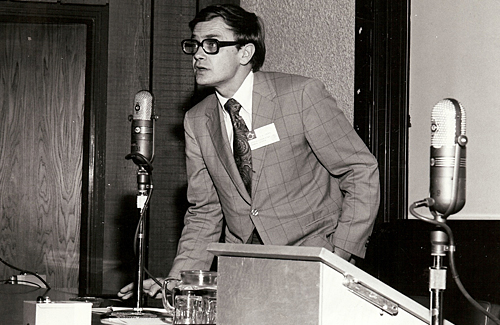
On November 11, 2009, LPL hosted a symposium to honor the scientific achievements, and 70th birthday, of our very own Regents' Professor Randy Jokipii. About 30 scientists, including Randy's past postdocs, students, and colleagues attended the event, which was held in Kuiper 308. In attendance were several members of the National Academy of Science, including Eugene Parker, Ed Stone, Len Fisk, George Gloeckler, and Frank McDonald (and, of course, Randy). There were 20 stimulating science talks covering a range of topics that Randy has been involved with through his career. After the symposium, a banquet was held at El Charro cafe in downtown Tucson. The banquet was highlighted by a number of humorous post-dinner talks in the cozy outdoor patio of the restaurant.


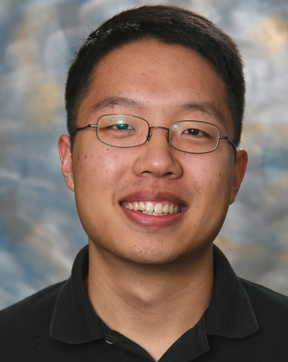 Congratulations, David Choi!
Congratulations, David Choi!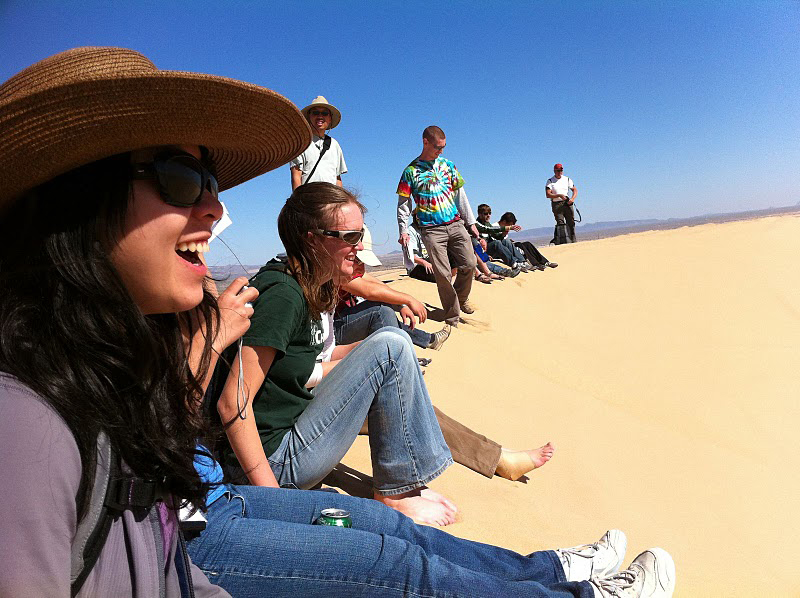
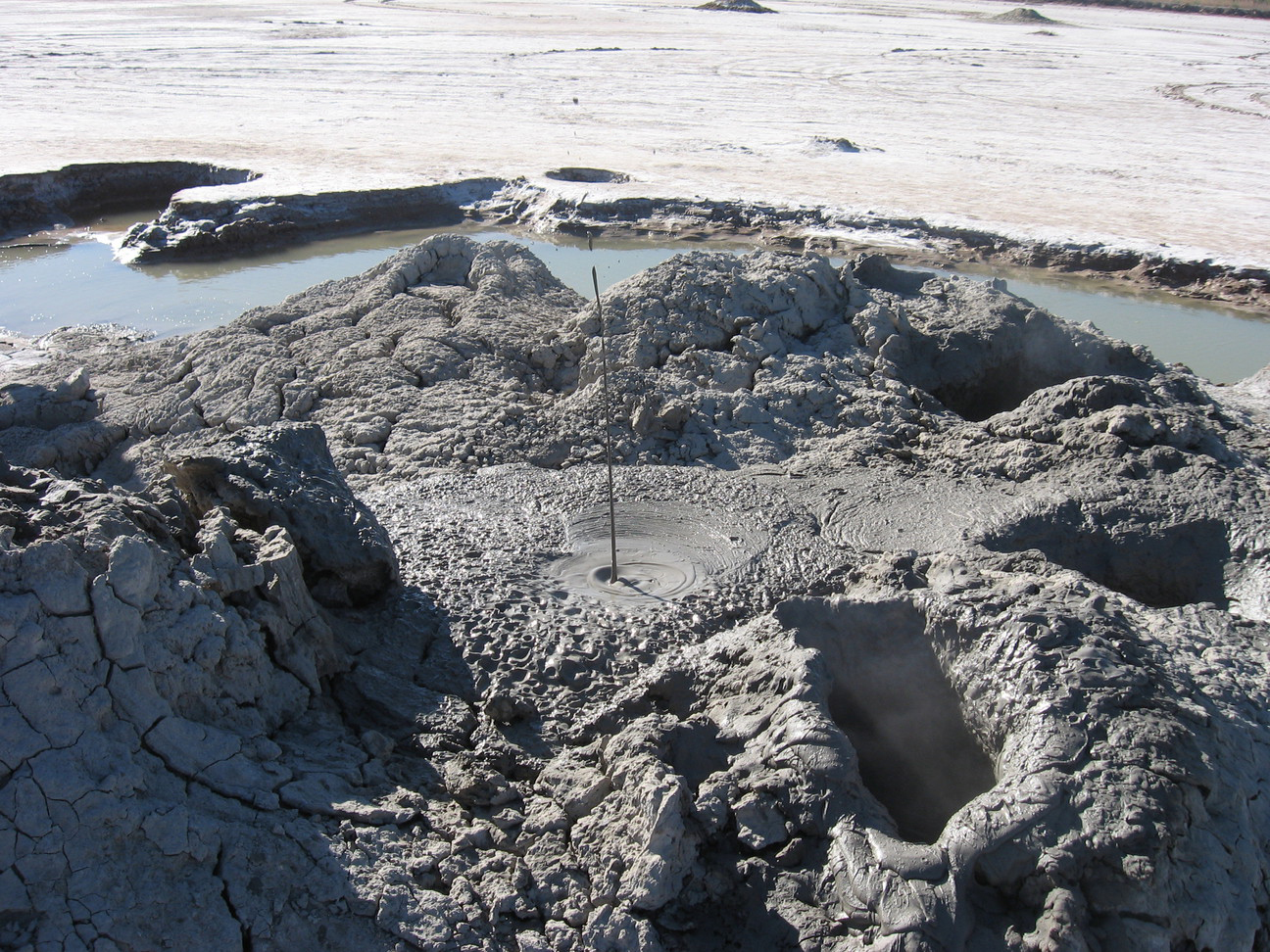
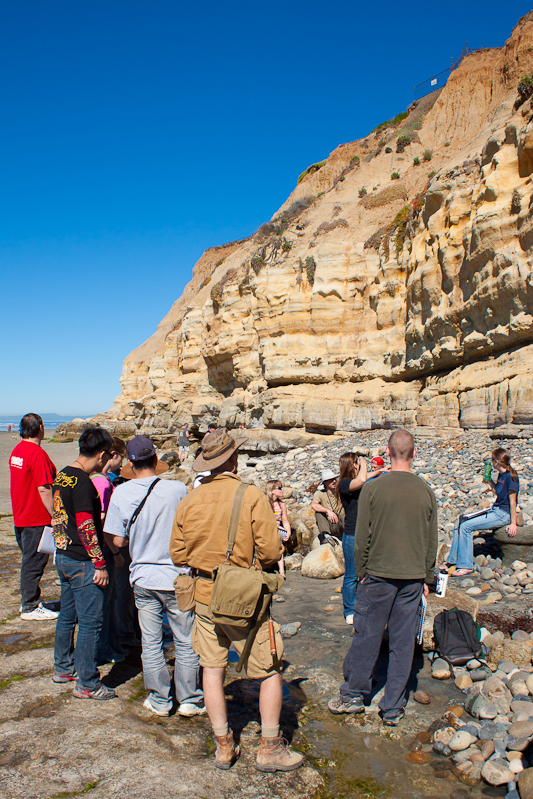
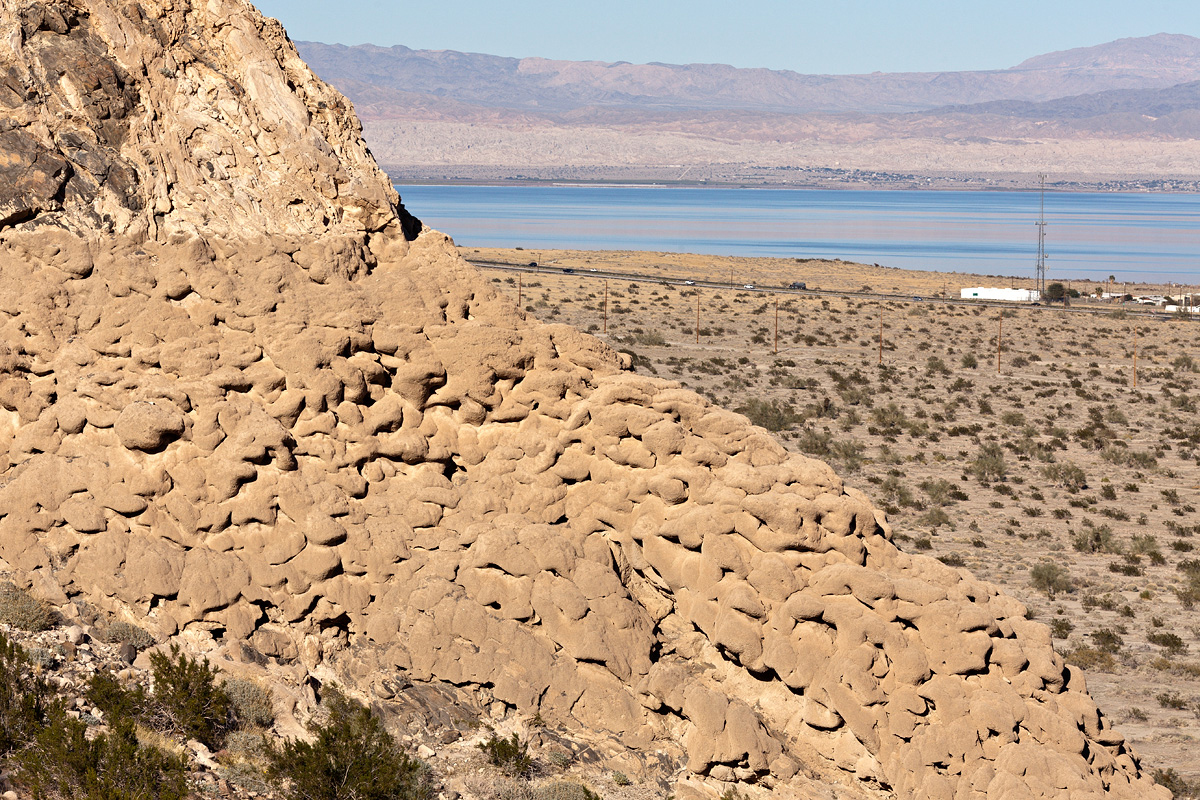
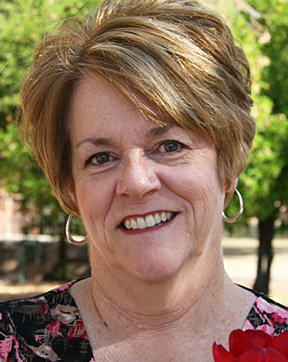 Congratulations to Kathi Baker, recipient of the 2011 Outstanding Staff Award! Kathi is an Administrative Associate with Alfred McEwen's HiRISE group. She supports over 40 personnel in the McEwen group (travel, purchasing, equipment management, proposals, budgets). Kathi also supports other faculty in the Sonett building, assisting with classroom instruction, travel, proposals, and budgets. She is the back-up for Linda Hickox and alternate building manager for Sonett Building. In addition to her work in the Sonett bulding, Kathi works part-time in the LPL Business Office (reconciling accounts, etc.).
Congratulations to Kathi Baker, recipient of the 2011 Outstanding Staff Award! Kathi is an Administrative Associate with Alfred McEwen's HiRISE group. She supports over 40 personnel in the McEwen group (travel, purchasing, equipment management, proposals, budgets). Kathi also supports other faculty in the Sonett building, assisting with classroom instruction, travel, proposals, and budgets. She is the back-up for Linda Hickox and alternate building manager for Sonett Building. In addition to her work in the Sonett bulding, Kathi works part-time in the LPL Business Office (reconciling accounts, etc.).
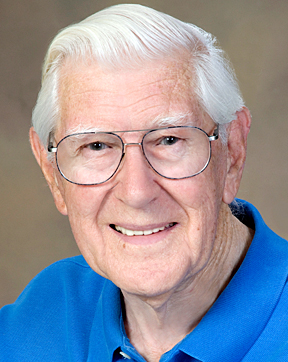 LPL is pleased to announce that Ewen A. Whitaker will be honored with an honorary doctorate of science from the University of Arizona at the May 2011 commencement.
LPL is pleased to announce that Ewen A. Whitaker will be honored with an honorary doctorate of science from the University of Arizona at the May 2011 commencement.